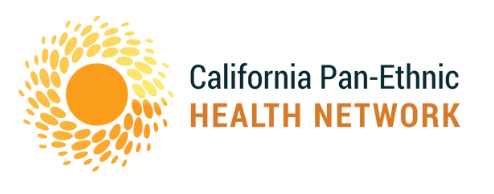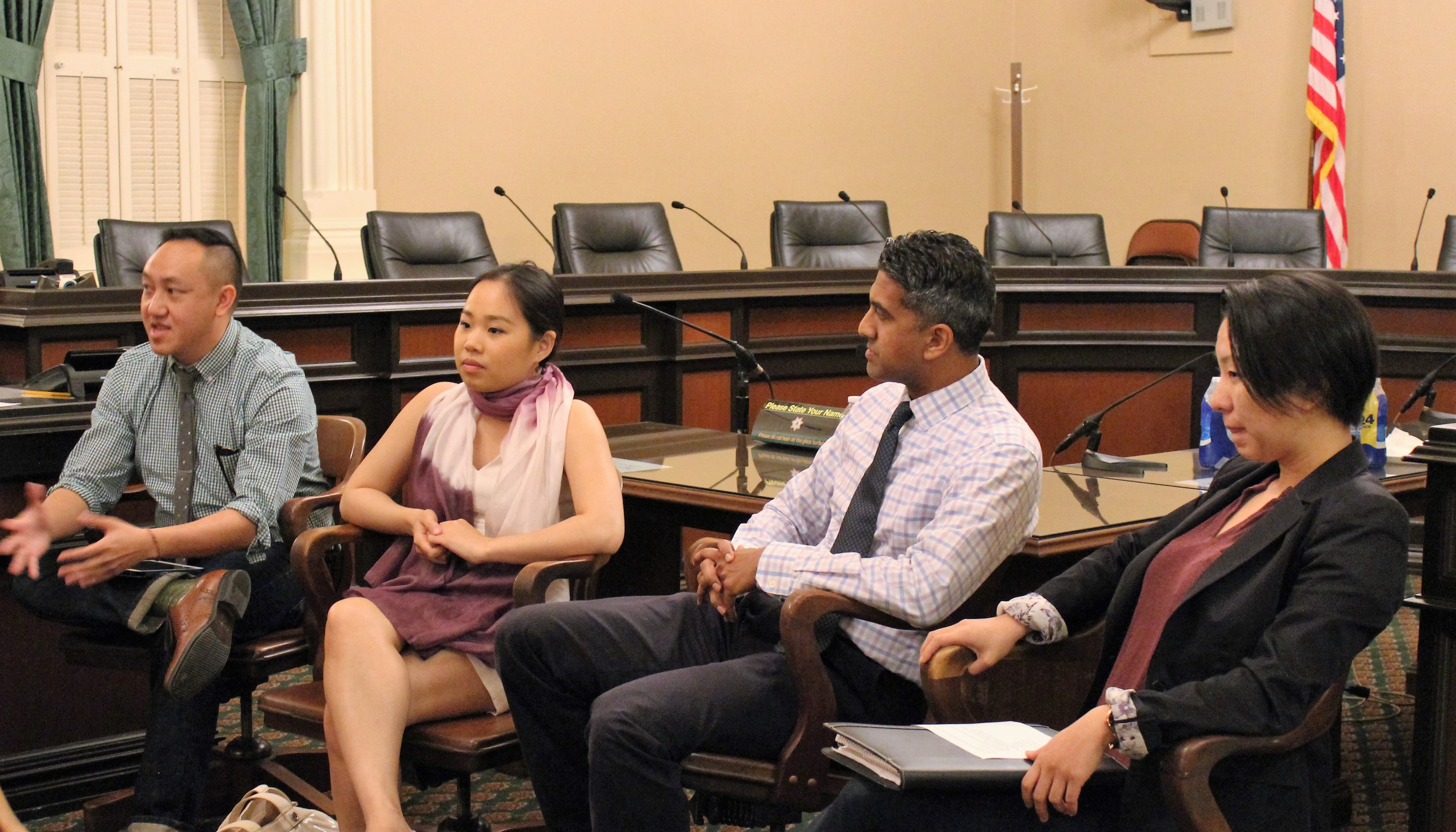One of the ways CPEHN participated in National Minority Health Month in April was by co-hosting a panel of experts with the Asian Pacific Islander Capital Association to discuss the status of health equity among the Asian Pacific Islander (API) community. The experts highlighted various approaches we can all take to eliminate health disparities disproportionally affecting certain API communities.
What are the barriers keeping communities from achieving a healthy community?
“You can’t fix what you don’t know,” proclaimed Jonathan Tran from The California Endowment. He was referring to the lack of information and data available regarding South East Asian communities. Before funding and resources can be streamlined into building a healthier community, access to comprehensive data must exist. Since data regarding Asian Americans is characterized for as a whole, research studies are limited in their ability to accurately identify information about the issues affecting specific Asian American subgroups. When all communities are counted for and validated, the numbers can be used to implement change. The AHEAD Act — AB 1726 — addresses this necessary concern by requiring higher education institutions and public health agencies to disaggregate data for additional API groups.
“Since the implementation of the Affordable Care Act, the API community has made tremendous strides in coverage” noted Iyanrick John from the Asian & Pacific Islander American Health Forum. However, he also shed light on the large portion of Filipino, Korean, and Chinese undocumented individuals making up a portion of the 33 million people left uninsured in the U.S.
What is prevention and what does it mean?
“In order to have change . . . health has to happen in all places,” CPEHN’s Kimberly Chen shared. Environmental factors such as access to dependable transportation, safe neighborhoods for walking, and clean air can contribute towards prevention.
“Combatting stigma” suggested Linh Hong Chuong from the Southeast Asia Resource Action Center, “We need access to healthcare service partners, so that community based organizations can refer people to the services and resources they need.”
What do our communities need to be healthy?
“We need to be counted so the data of our community can be reflected accurately.” Jonathon referred to the upcoming 2020 Census which holds the potential to accurately count the diverse communities within the API population. The census data can be a powerful tool in order to encourage funding for schools, community-based organizations, and other programs specifically focused on API Americans.
Additionally, “we need advocates at every level,” Jonathon responded. “We ask for more courage among ourleaders to stand up for all API communities that are suffering.” Whether you are a leader in your community, a state worker, or a health advocate, we need your active participation in order to move forward and eliminate health disparities in all API communities.
A better future for the diverse API community requires a multifaceted, integrated approach to health. In order to eliminate disparities, all aspects of health, such as accurate API population data collection, increasing access to mental health resources, and neighborhood safety, must be addressed.

